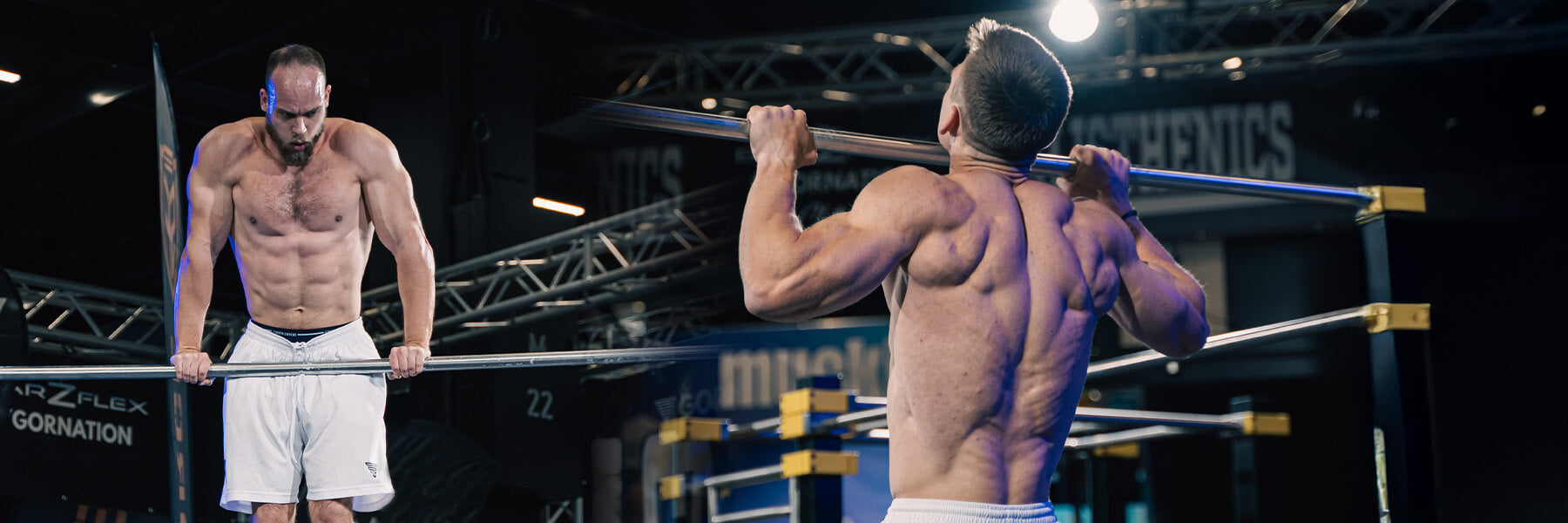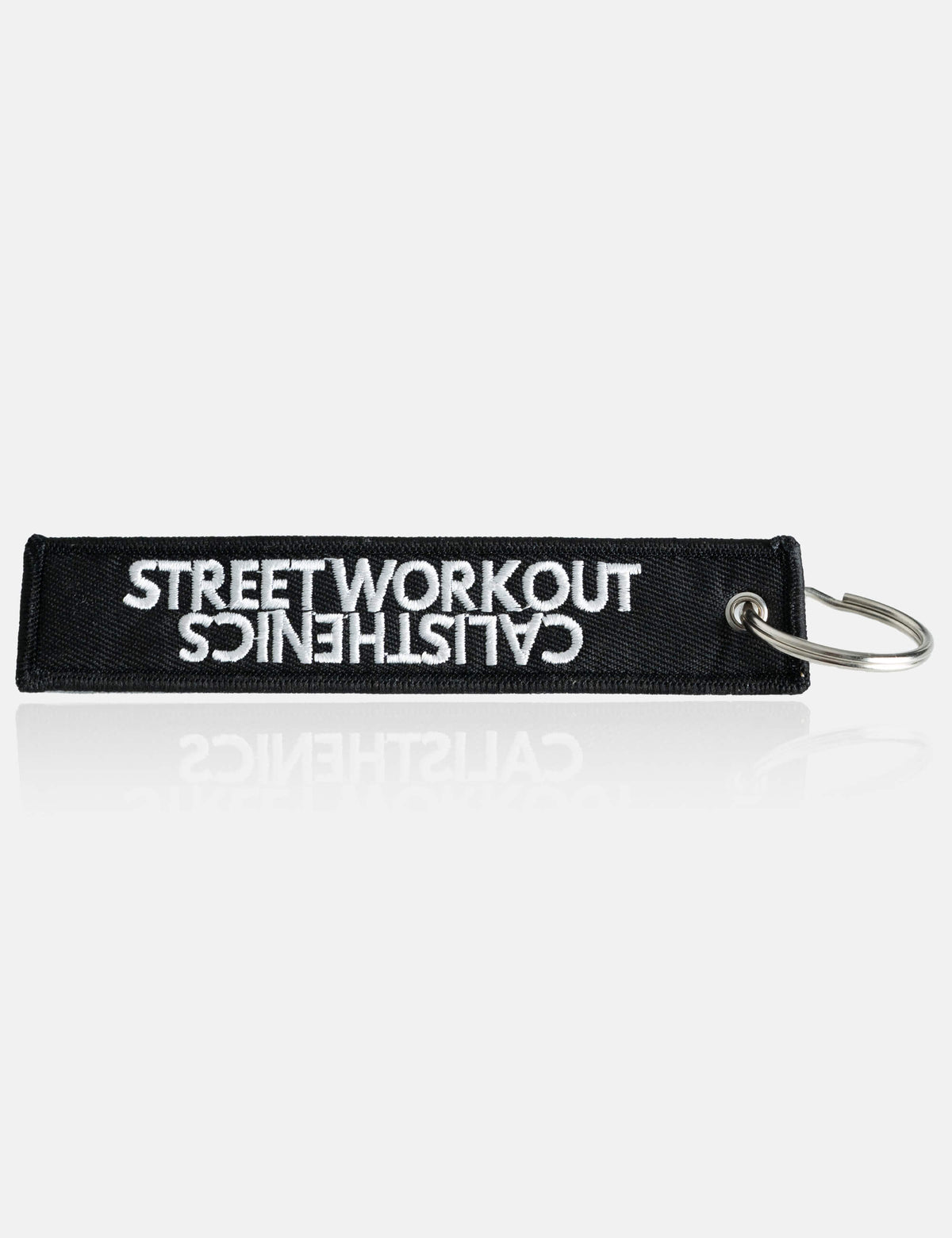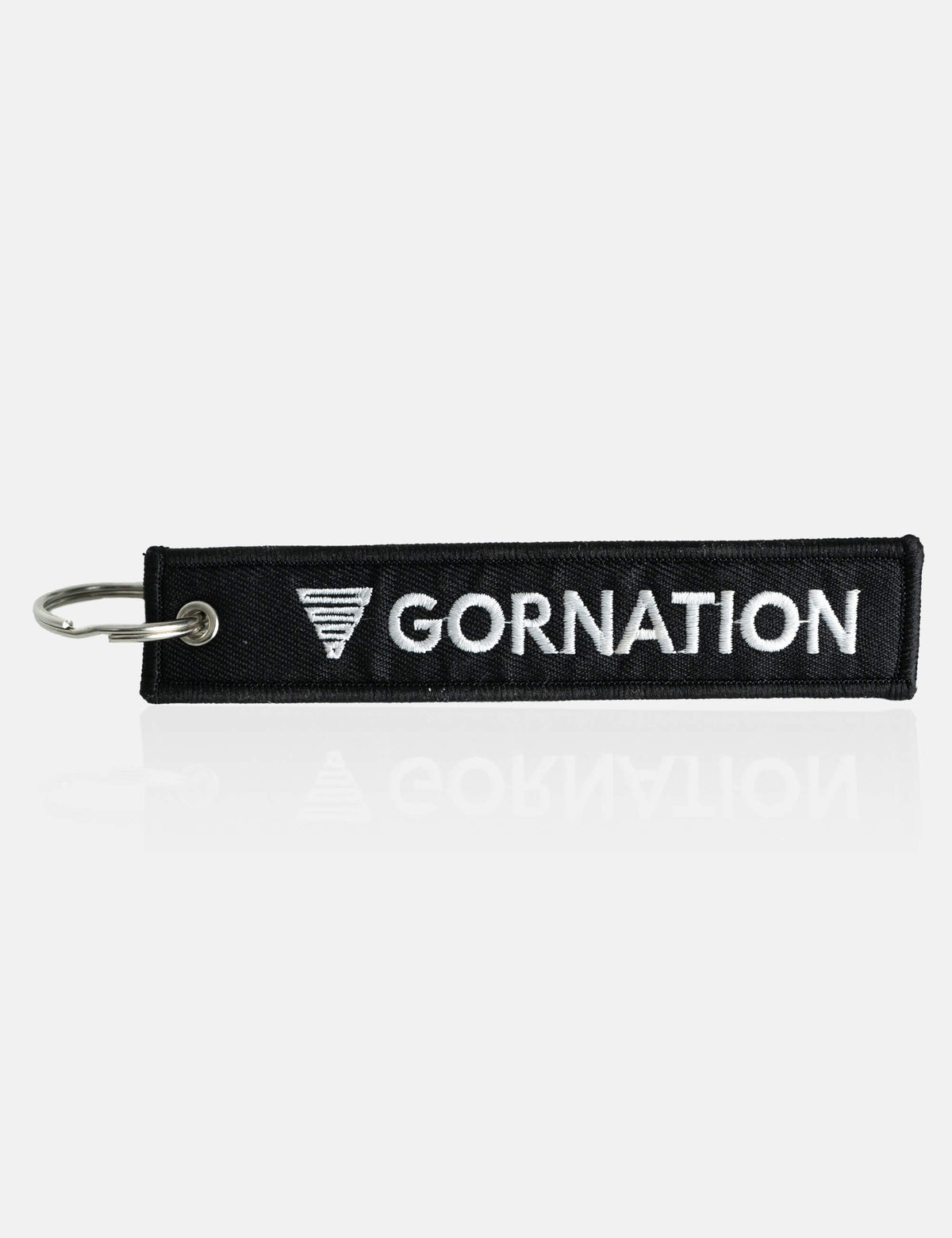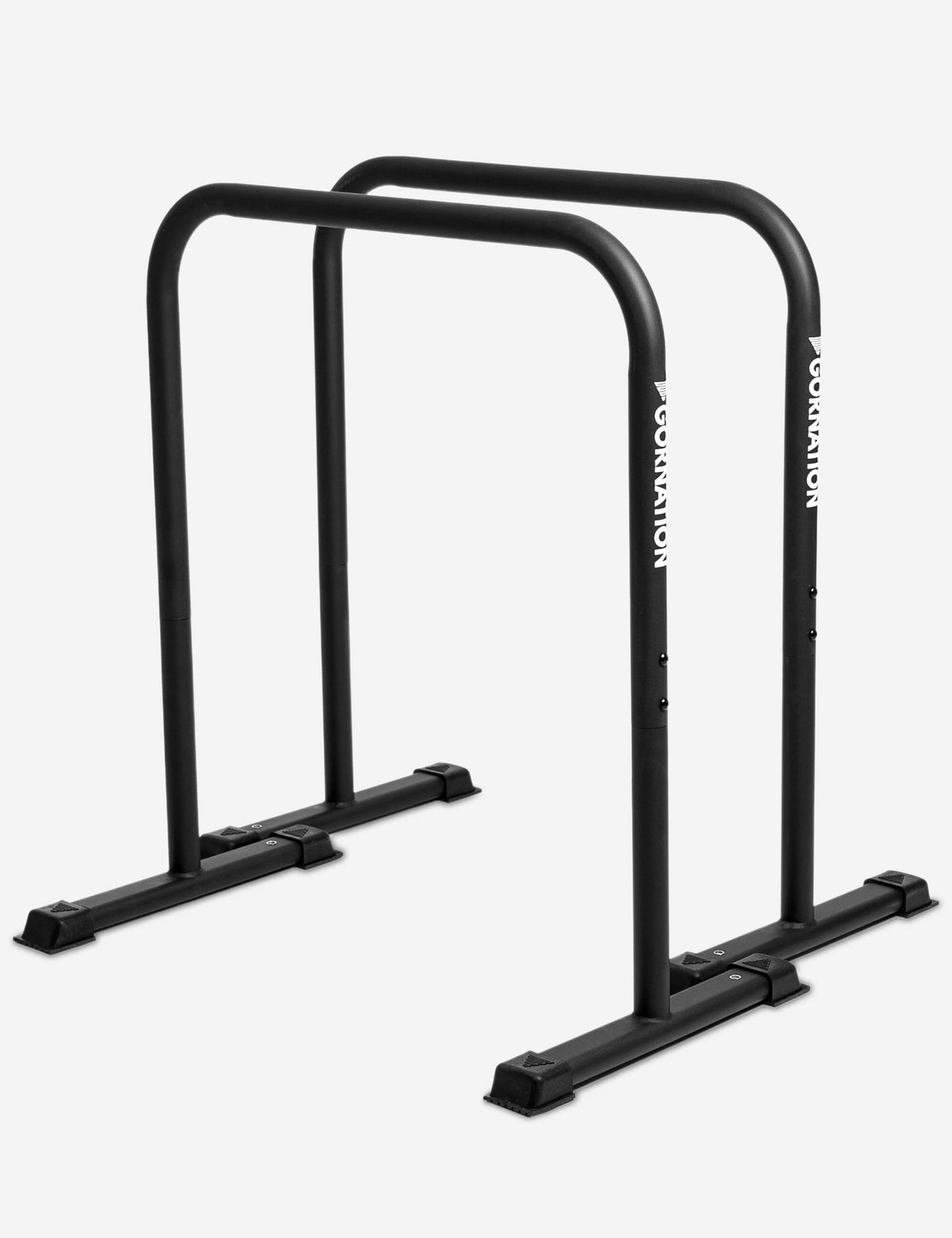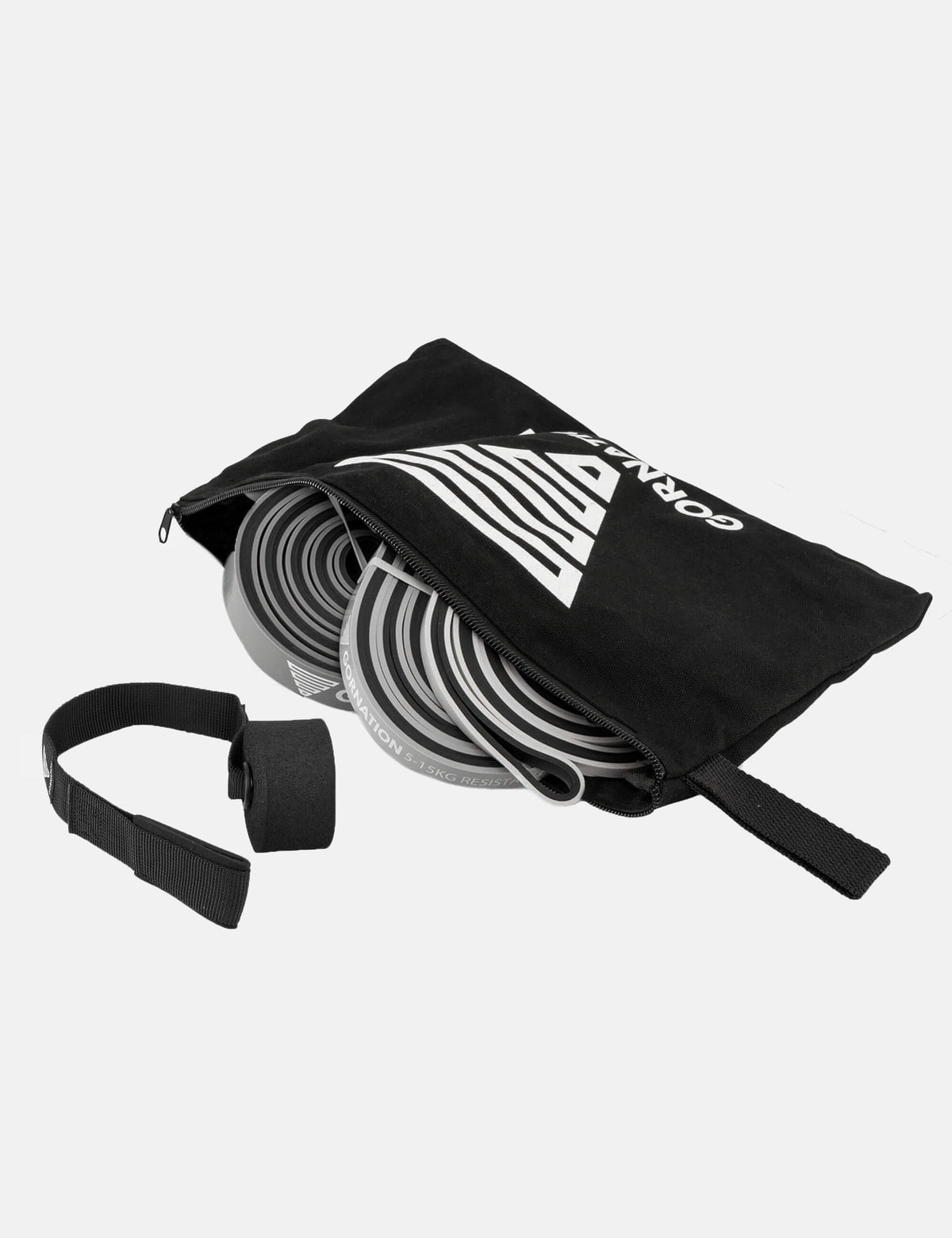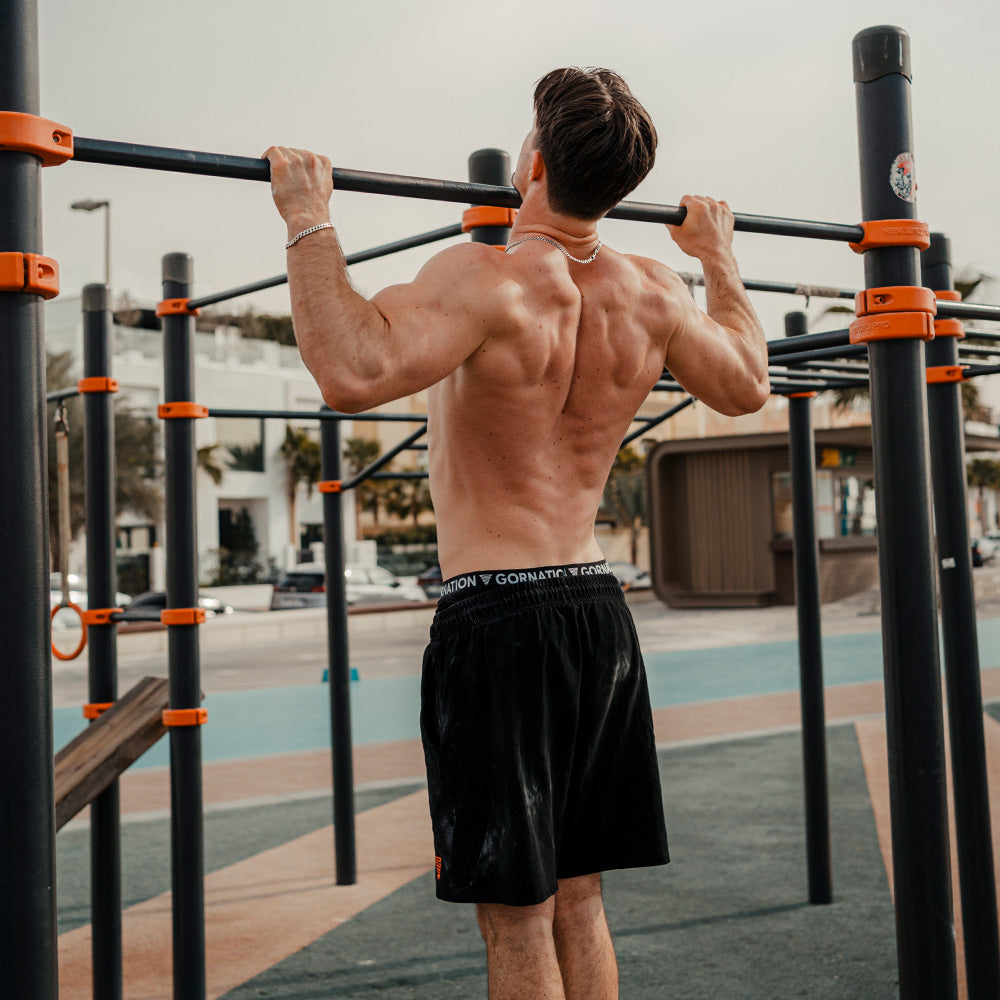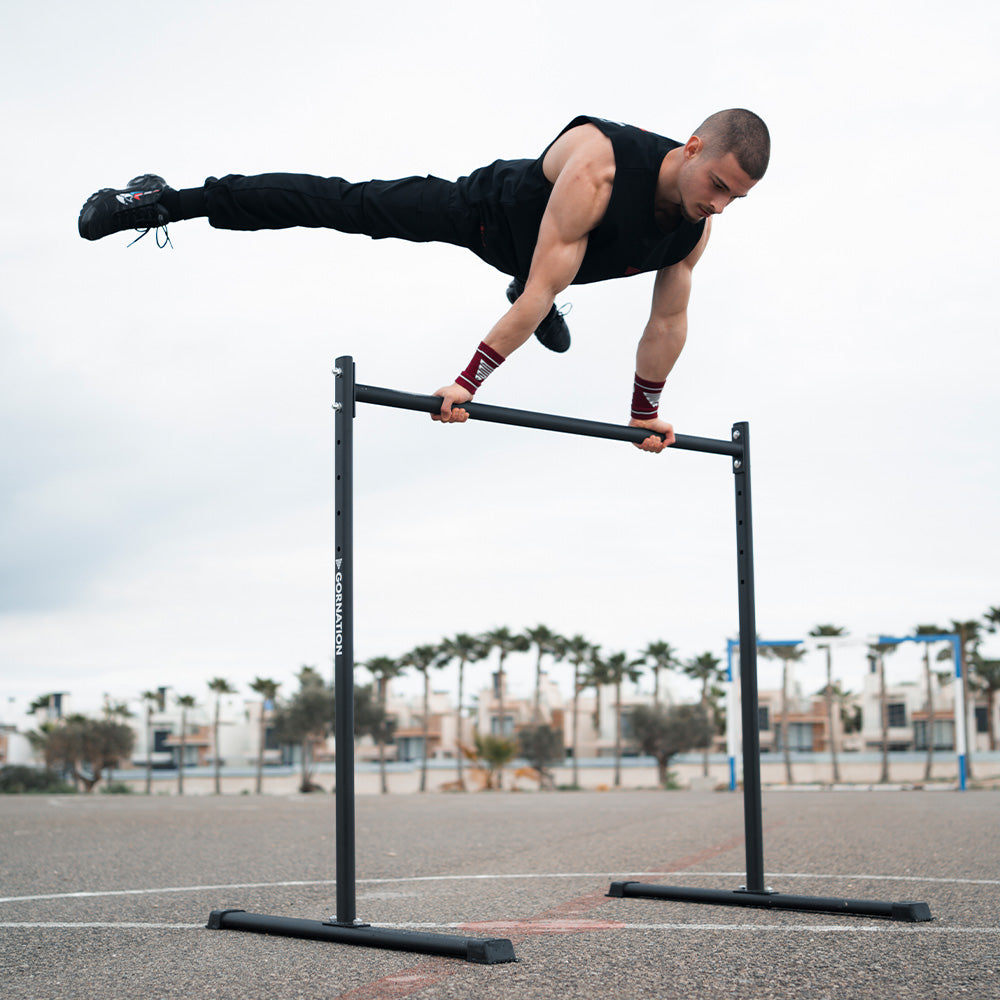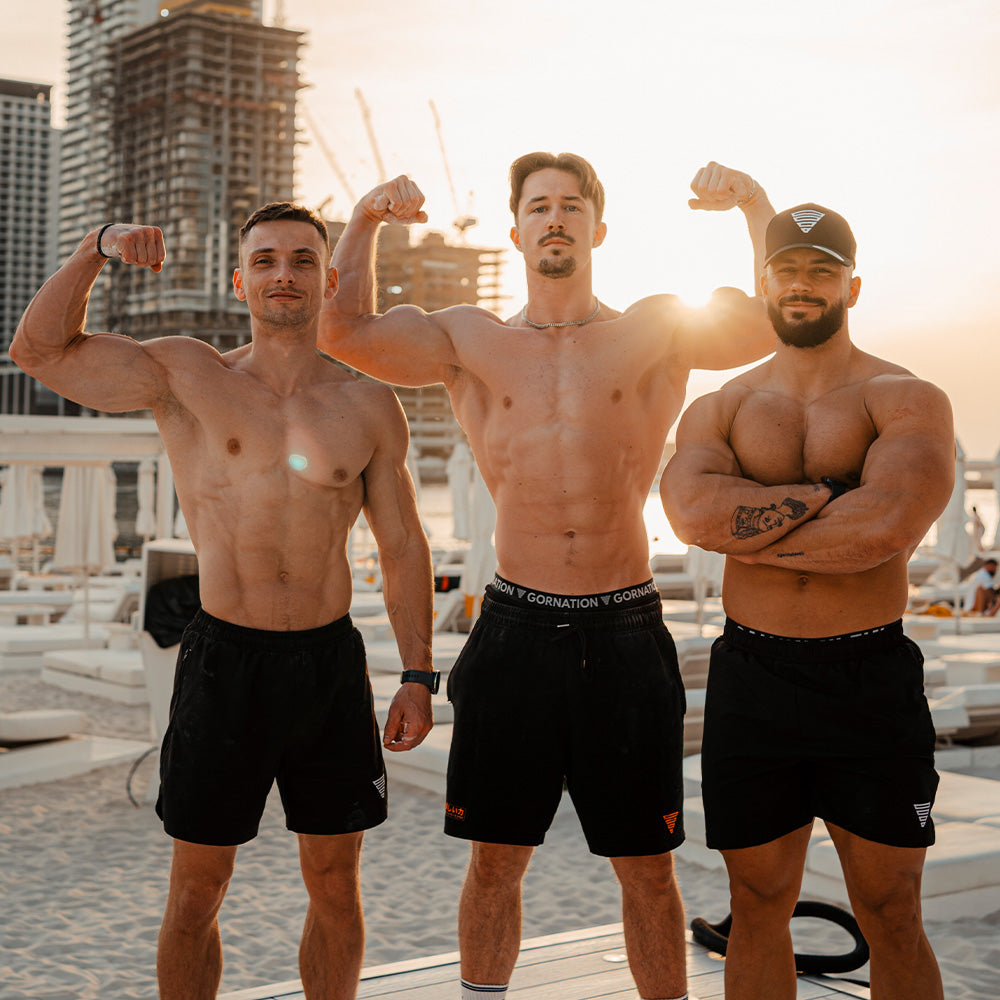Calisthenics, at its core, is a form of bodyweight training that uses minimal equipment while leveraging gravity and body mechanics to build strength, endurance, and control. Exercises like push-ups, pull-ups, dips, and squats have long been fundamental movements in the fitness world, prized for their accessibility and effectiveness in developing functional strength.
However, for those who master traditional calisthenics, a natural question arises: What’s next? Enter weighted calisthenics, an advanced evolution of bodyweight training that introduces external resistance to classic movements, pushing the limits of strength, muscle growth, and overall athletic performance.
Once a niche training method practiced primarily by street workout enthusiasts, weighted calisthenics has gained significant traction in strength and conditioning circles. Its appeal extends beyond just aesthetics—athletes, gymnasts, and even powerlifters recognize its effectiveness in developing raw strength and mobility. Whether for performance enhancement or competitive sport, weighted calisthenics offers a challenging yet rewarding approach to training.
What Is Weighted Calisthenics?
Weighted calisthenics is the practice of performing bodyweight exercises with added resistance to increase intensity and difficulty. By incorporating external weights, individuals can progressively overload their muscles, a key principle in strength training that leads to continuous muscle and strength gains.
Common exercises in weighted calisthenics include:
-
Pull-ups & Chin-ups – Adding weight to these vertical pulling movements enhances upper body strength.
-
Dips – With extra resistance, dips become a powerful tool for chest, triceps, and shoulder development.
-
Push-ups – Weighted push-ups build pressing strength and core stability.
-
Muscle-ups – A dynamic movement that challenges explosive power when weighted.
-
Squats – An essential component to not neglect the lower body & build a functional body.
To increase resistance, practitioners use a variety of equipment:
-
Weight Vest – Distributes added weight evenly across the torso and fits closely to the body.
-
Dip Belt – Allows for loading heavy weights via plates or kettlebells, either with chain or rope.
-
Ankle Weights – Adds small added weight at the end of the leverage, where +2kg make a huge difference.
-
Resistance Bands – Provides varying levels of assistance or additional resistance, easy to transport and probably the most versatile workout accessory in the world.
The essence of weighted calisthenics lies in progressive overload—the gradual increase of weight over time to continuously challenge the muscles. By systematically increasing resistance, athletes ensure sustained strength development, muscle hypertrophy, and performance improvements, making weighted calisthenics a powerful training method for those looking to push past their bodyweight limitations.
For many people the fascination for weighted calisthenics workouts comes from the similarities to typical gym training. You can apply the same principles of sets and reps for weighted calisthenics that you usually use in the gym with machines or dumbbells. You just include more muscle groups, work out more efficiently and burn more calories through compound movements.

The Origins and Evolution of Weighted Calisthenics
Weighted calisthenics emerged as a natural progression for advanced athletes who had already mastered traditional bodyweight movements. As practitioners reached high rep counts in pull-ups, dips, and push-ups, they sought new ways to challenge their muscles and continue progressing. Adding external resistance became the logical next step, allowing for increased strength development and muscle hypertrophy.
The concept of weighted calisthenics dates back to old-school strength training methods, where gymnasts and bodyweight athletes would train with added resistance to build explosive power. However, it was within street workout communities that weighted calisthenics truly gained traction. As calisthenics-based training exploded in popularity during the early 2000s, athletes began experimenting with weighted variations of classic movements, pushing the limits of what bodyweight training could achieve.
Social media and global fitness forums played a crucial role in spreading this training methodology, showcasing athletes performing weighted pull-ups, dips, and muscle-ups with impressive loads. The demand for structured programs and competitions soon followed, giving birth to streetlifting, the competitive branch of weighted calisthenics.

Streetlifting: The Competitive Side of Weighted Calisthenics
Streetlifting is the competitive version of weighted calisthenics, focusing on maximal strength in fundamental movements. Unlike traditional calisthenics, which often emphasizes endurance and freestyle skills, street-lifting is all about raw power—like in powerlifting but with bodyweight-based exercises.
Key Movements in Streetlifting Competitions
In official competitions, athletes perform four primary movements, often tested for their one-rep max (1RM):
-
Weighted Muscle-Ups – A more advanced movement requiring explosive pulling strength and transition control.
-
Weighted Pull-Ups (or Chin-Ups) – Athletes must pull their chin over a horizontal bar while carrying additional weight.
-
Weighted Dips – A dip performed on parallel bars with extra resistance, testing upper body pushing strength.
-
Squats – Some competitions include back squats to assess lower-body strength.
All three upper body movements are performed with the help of attaching weight plates to a sturdy Dip Belt. Because weights nowadays can go up to 200kg and more, the GORNATION Dip Belt was tested until 1000kg to guarantee maximum safety when performing heavier lifts.

Competitions and Governing Bodies
Streetlifting was officially established as a competitive sport in 2012 in Ukraine, with the International Streetlifting Federation (ISF) being registered in Russia in 2017. Since then, global competitions have taken place across Europe, Russia, and parts of Asia, with the sport continuing to expand internationally.
Streetlifting Categories
Competitions are divided into two main categories:
-
Streetlifting Classic – The foundation of the sport, focusing solely on weighted pull-ups and dips as the core competitive lifts.
-
Streetlifting Multilift – A broader category that incorporates additional exercises like muscle-ups and squats, expanding the strength-testing elements of the sport.
Streetlifting continues to grow, drawing athletes from calisthenics, powerlifting, and bodybuilding backgrounds who seek to blend bodyweight mastery with strength-focused training. As the discipline gains more recognition, it is quickly becoming one of the most respected and challenging strength sports in the fitness world.

Benefits of Weighted Calisthenics
Weighted calisthenics isn’t just about making bodyweight exercises harder—it’s a game-changer for muscle growth, strength, and overall athleticism. By adding external resistance to fundamental movements, this training method unlocks benefits that go beyond standard bodyweight workouts.
Increased Muscle Growth
One of the biggest limitations of bodyweight training is the difficulty of achieving progressive overload, the key factor in muscle hypertrophy. By introducing weights, the muscles are forced to work under greater tension, leading to larger, stronger muscle fibers over time. This makes weighted calisthenics an excellent alternative to traditional weightlifting for those looking to maximize muscle growth with functional movement patterns.
Enhanced Strength Development
Adding weight to pull-ups, dips, and push-ups builds raw strength that translates across multiple disciplines, including gymnastics, powerlifting, and even martial arts. Unlike lifting fixed objects like barbells or dumbbells, weighted calisthenics engages stabilizer muscles, improving overall control and body mechanics.
Functional Strength & Coordination
While traditional strength training often isolates muscles, weighted calisthenics develops total-body coordination. Since these exercises require moving the body through space under load, they improve balance, mobility, and real-world strength applicable to sports and everyday movement.
Higher Caloric Burn & Metabolic Demand
Since weighted calisthenics involves compound movements, it naturally burns more calories than isolated weightlifting exercises. The combination of resistance and dynamic movement increases heart rate, leading to greater energy expenditure during and after workouts. This makes it a great tool for fat loss and improved body composition.
Joint Health & Longevity
Unlike heavy barbell lifts that can place significant stress on the spine and joints, weighted calisthenics allows for a more natural range of motion, reducing injury risk. The body moves as a unified system, strengthening connective tissues and ensuring long-term joint resilience and mobility. Of course, many factors play into this.

Equipment for Weighted Calisthenics
To incorporate weighted calisthenics into training, athletes use a variety of tools to maximize their performance.
Essential Tools for Weighted Calisthenics & Streetlifting:
-
Dip Belt – The essential equipment for streetlifting. Modern Dip Belts offer a rope to save weight, increase the length of the attachment and offer a more safe workout. You can find the GORNATION Dip Belt trusted by thousands of athletes here in the shop.
-
Weight Plates – We would recommend using weight plates instead of kettlebells due to easier stacking, smaller weight steps and more comparison to the competitions. In the best case you get thin, calibrated plates if your budget allows.
-
Liquid Chalk – Great grip is a must for training and competition, this is why we’ve been sponsoring many of the top competitions in the world to offer sweat-free hands and optimal grip to the athletes with the GORNATION Liquid Chalk.
-
Wrist Wraps – Provides additional support for the wrists when performing heavy weighted dips, pull-ups, or muscle-ups, reducing strain and improving stability. Find the Power Wrist Wraps in our shop.
-
Pull Up Bar & Dip Bars – In case you’re training at home and don’t have access to a proper gym set up, you need some bars. It is recommended to go for very stable, heavy duty equipment when training for street-lifting as you want to practice the form and execution like in competition. GORNATION offers some possibilities for ceiling or wall mounted pull up bars and even a Pull Up Station with Dip Bars included. Check them out in our shop here.
With the right equipment and a structured approach to progressive overload, weighted calisthenics offers a powerful blend of strength, hypertrophy, and athletic functionality, making it an essential tool for serious bodyweight athletes.

Weighted Calisthenics vs. Traditional Weightlifting
Both weighted calisthenics and traditional weightlifting focus on building strength and muscle mass, but they differ in movement mechanics, functionality, and accessibility. Understanding these differences can help individuals choose the best approach based on their training goals.
Similarities
-
Both training methods rely on progressive overload to develop muscle hypertrophy and strength.
-
Each approach allows for scalable progression, meaning resistance can be increased over time to match an athlete’s ability.
-
Both require proper form and technique to prevent injury and maximize results.
Differences
-
Functional vs. Isolated Strength – Weighted calisthenics prioritizes compound movements that improve body control, coordination, and real-world strength. Traditional weightlifting often includes isolated movements that target specific muscle groups, which may not always translate directly to functional movement patterns.
-
Body Control and Mobility Advantages – Since weighted calisthenics involves moving the body through space rather than lifting external loads, it enhances mobility, flexibility, and stabilizer muscle engagement. Weightlifting, on the other hand, can sometimes lead to stiffness or restricted range of motion if mobility work is not incorporated.
-
Accessibility – Weighted calisthenics requires minimal equipment, making it a great option for those who prefer training outdoors or at home. Traditional weightlifting typically requires access to a gym with barbells, dumbbells, and machines, making it less flexible for individuals who lack gym memberships or training space.
Both methods have their place in strength training, and many athletes incorporate elements of both to create a well-rounded routine. Weighted calisthenics offers a unique blend of bodyweight mastery and resistance training, making it a powerful alternative to traditional weightlifting.

Conclusion
Weighted calisthenics is a powerful training method that bridges the gap between traditional bodyweight exercises and resistance-based strength training. By adding external resistance to fundamental movements like pull-ups, dips, and push-ups, athletes can break past plateaus, build greater muscle mass, and develop functional strength that translates to real-world performance.
Unlike traditional weightlifting, weighted calisthenics enhances body control, mobility, and joint resilience while still allowing for progressive overload. The discipline has also evolved into a competitive sport known as streetlifting, where athletes test their maximal strength in weighted bodyweight movements.
With the right approach—starting with foundational bodyweight movements, progressively adding resistance, and using proper equipment—anyone can incorporate weighted calisthenics into their routine. Whether training for strength, aesthetics, or competition, this method provides a unique and effective way to push physical limits and achieve new levels of performance.
👉 Start your weighted calisthenics journey with GORNATION equipment!
 | 3.500+ Reviews
| 3.500+ Reviews Free EU Shipping above 100€*
Free EU Shipping above 100€* 200.000+ Customers Worldwide
200.000+ Customers Worldwide Worldwide Tracked Shipping
Worldwide Tracked Shipping


